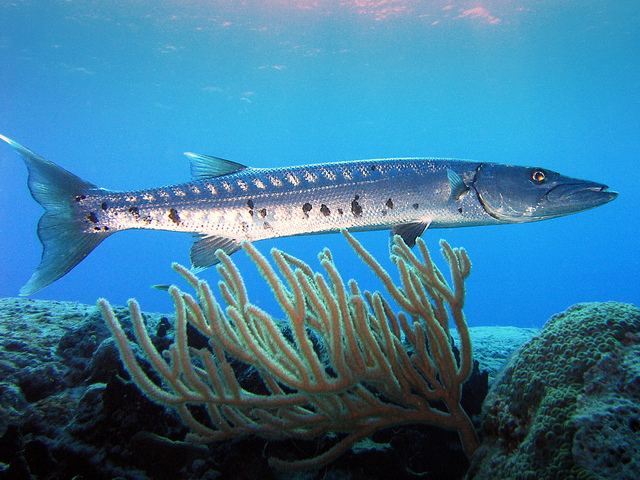 We now have some answers about the project that will eventually deliver our next generation submarines. The French company DCNS will be our international design partner and the submarines will be built in South Australia. There are also many things we still don’t know, such as how the government-owned ASC company will be restructured as we move ahead with the concurrent design and build of the submarines and three different types of surface vessels.
We now have some answers about the project that will eventually deliver our next generation submarines. The French company DCNS will be our international design partner and the submarines will be built in South Australia. There are also many things we still don’t know, such as how the government-owned ASC company will be restructured as we move ahead with the concurrent design and build of the submarines and three different types of surface vessels.
No doubt the French team will be rejoicing today. They should make the most of it. As the American commentator on defence acquisitions Norman Augustine once pointed out, things never look as good for the winning contractor once the euphoria of the initial announcement has worn off. Once we get into the nitty gritty of contract negotiation and then—worst of all—actual project delivery, all sorts of heartaches will eventuate. Like all major projects, there will be cost, schedule and probably capability issues that arise over the decades that the project will take.
But DCNS in 2016 has some advantages compared to Kockums, the Swedish designer of the Collins class submarines, when the winner of the Collins tender was announced back in 1987. The new project is starting with a higher baseline of domestic industrial capability and a more sophisticated national understanding of what it takes to build and support a fleet of submarines, which should make Australia a smarter buyer (which is admittedly a mixed blessing for a contractor). But we’re also aiming to produce a larger and more sophisticated submarine than the Collins, which pretty much guarantees unexpected technical problems.
In all likelihood the problems will be manageable, and we’ll ultimately field a world class submarine—just as we did with the Collins class. But managing expectations and the public perception of the future submarines will be almost as challenging as any technical problems encountered. When those inevitable problems arise, the government of the day will need to carefully explain to the public what’s going on, with the aim of avoiding the politicisation of the project that plagued the Collins endeavour. The ‘dud subs’ label of the early 2000s, which the Collins hasn’t still hasn’t shaken off today, was a consequence of an unhappy mix of technical problems in the project and the politics of the day, with the subs being seen as the baby of then Labor leader Kim Beazley.
There will be many Australian governments, probably formed by both major parties (and possibly an uncertain mix of other parties in either house) between now and when the final project report is filed sometime after 2050. That’s why bipartisan support is important. In that sense, it’s a good thing that the government has avoided the politically divisive option of a hybrid build which would see the first one or two boats built overseas before the build moved to Adelaide.
A hybrid build probably offered some advantages in terms of schedule. In particular, if the first couple of boats could be delivered as the first couple of Collins retired, we might’ve been able to avoid a potentially expensive life of type extension program. Building the first of class here might preclude that possibility. But by announcing that all twelve would be built here, at least removes the temptation for the Opposition to turn an offshore component of the build into an election issue. In the bustle of a campaign, a carefully explained rationale can easily be shouted down. If the future submarine starts life with both major parties on board, that can only be helpful.
The government also has some work to do managing the unsuccessful bidders. The Germans will be bitterly disappointed, and they thought they had a great story to tell about digitising Australia’s shipyards. But ultimately for them, it was a commercial opportunity among many around the world—albeit one of the bigger ones. They’ll move on and bid for work elsewhere.
Japan is more problematic, and a significant downside of this decision is the likely impact on Australia-Japan relations. The Abbott government created a difficult situation by entering into negotiations with Japan as a potential sole-source supplier. Encouraged by Australia’s apparent keenness, Prime Minister Abe of Japan has expended considerable political capital in obtaining enough domestic support to make the export of a submarine possible.
The fact that the deal with Japan won’t go ahead after the Japanese government was dragged into a competition it was clearly uncomfortable with is bad enough. Finding out that they had lost out through a leak in the Australian media only rubbed salt into the wound. In the longer term, that shouldn’t matter too much—the same geopolitical factors that have driven Australia and Japan closer over the past decade will mean that normal relations will be restored. But harm has been done in the short term, and Australia will need to be alert to Japanese sensitivities.

